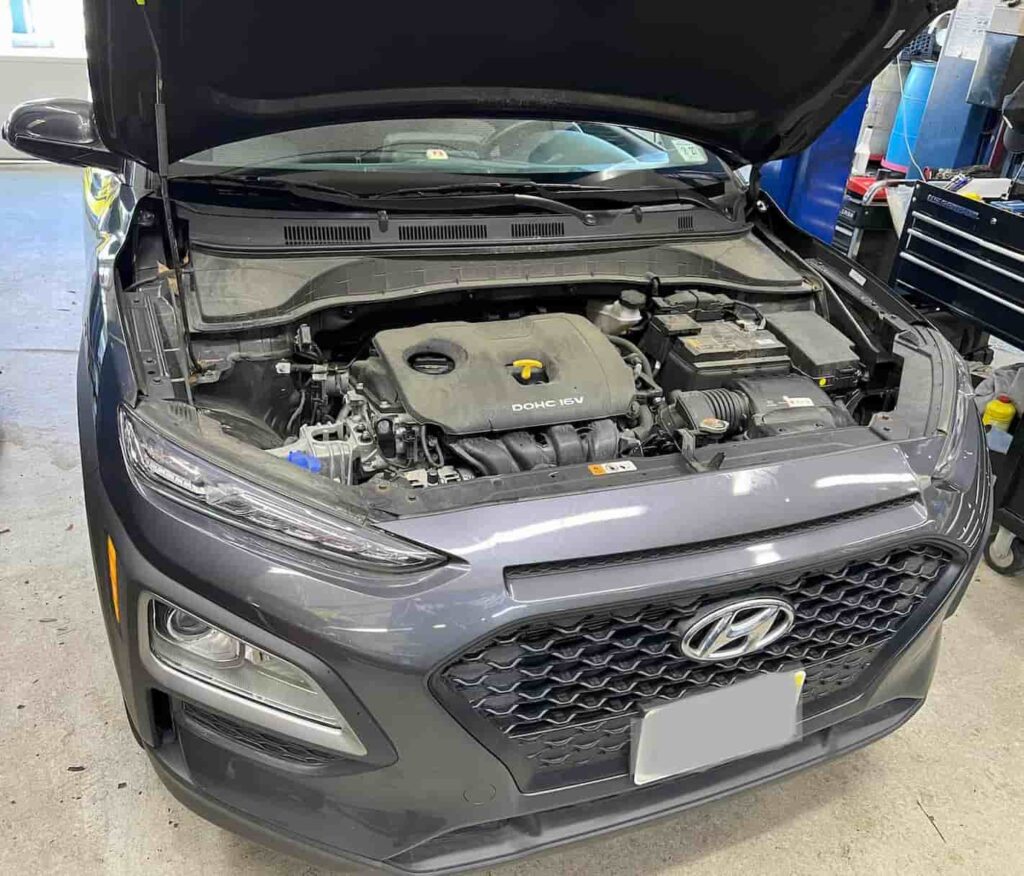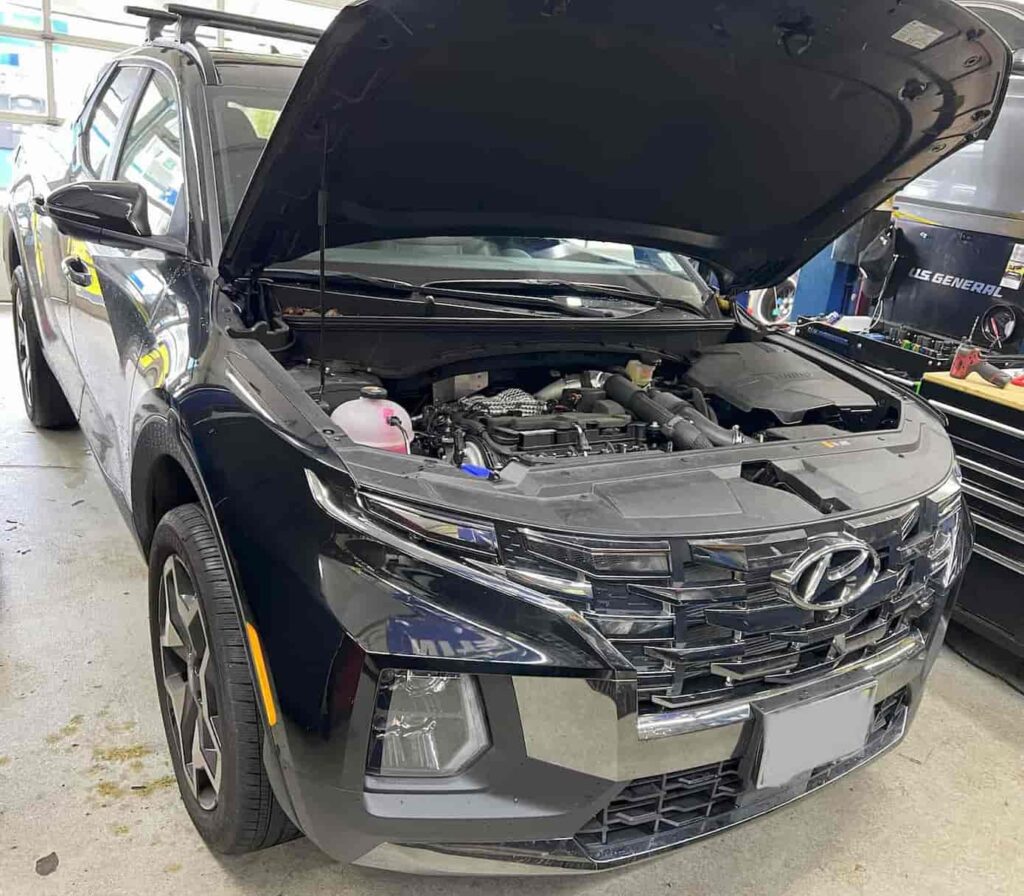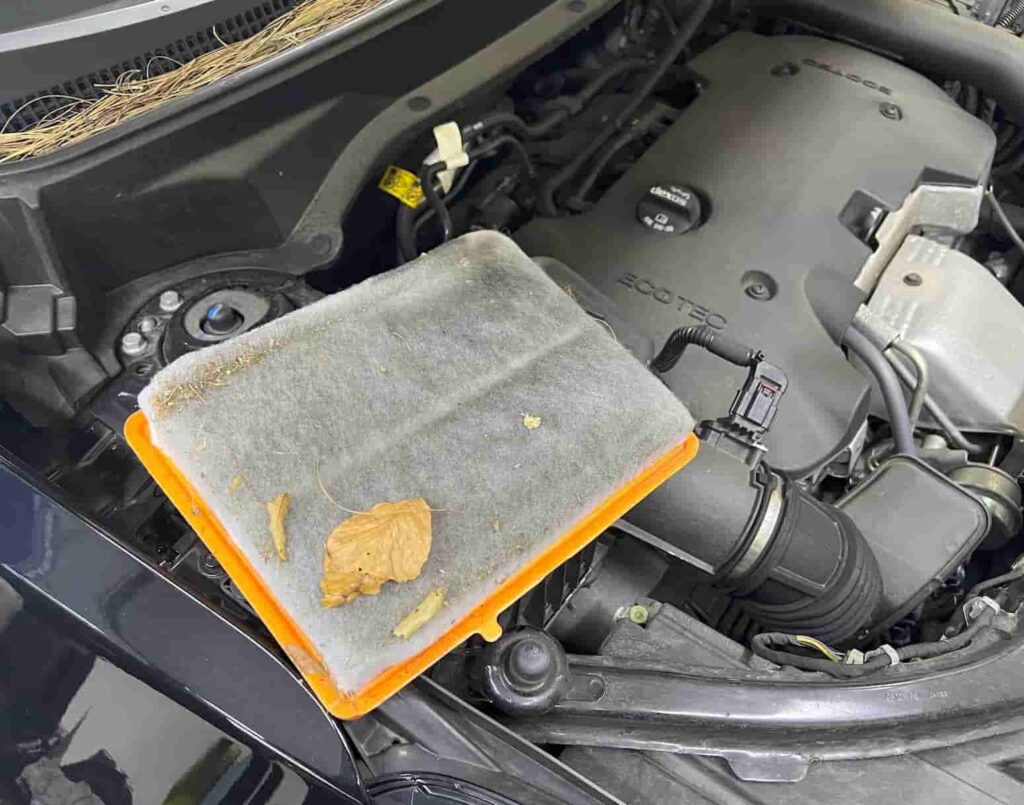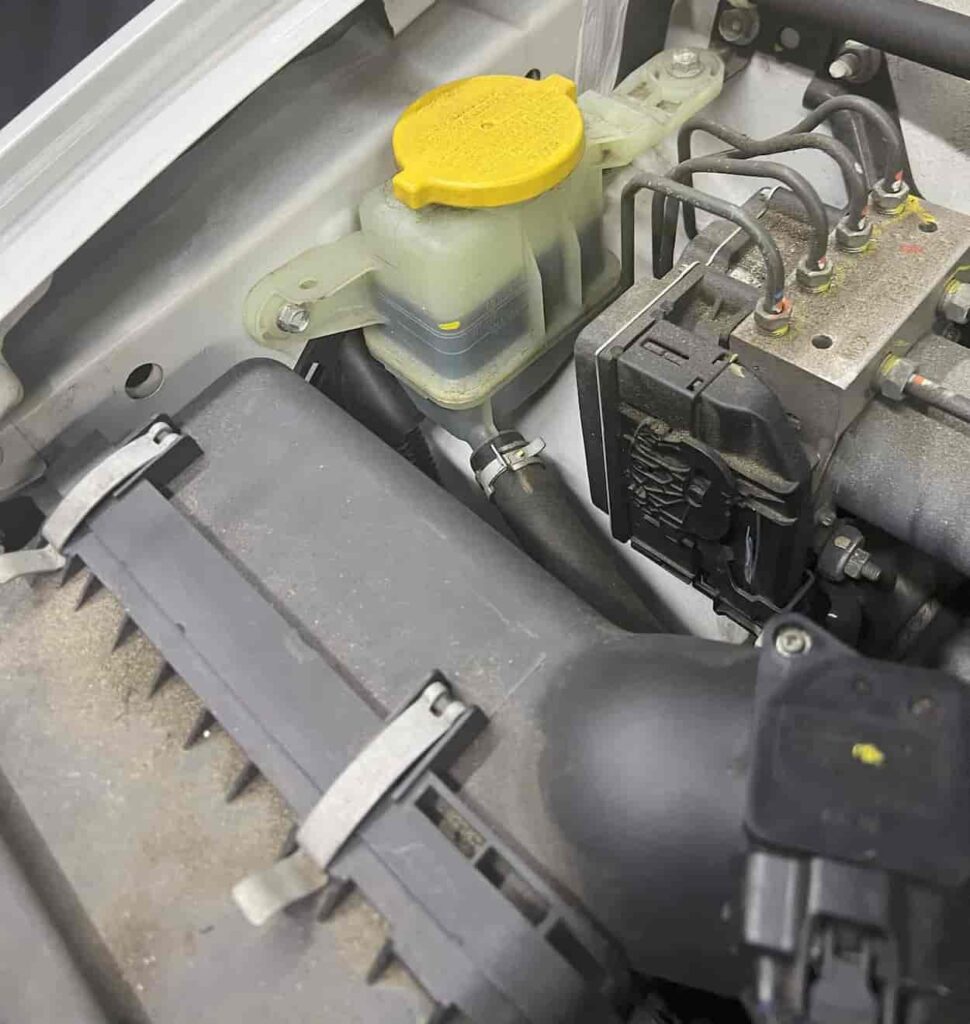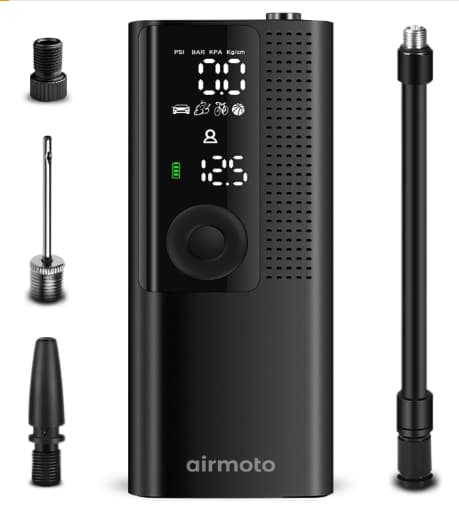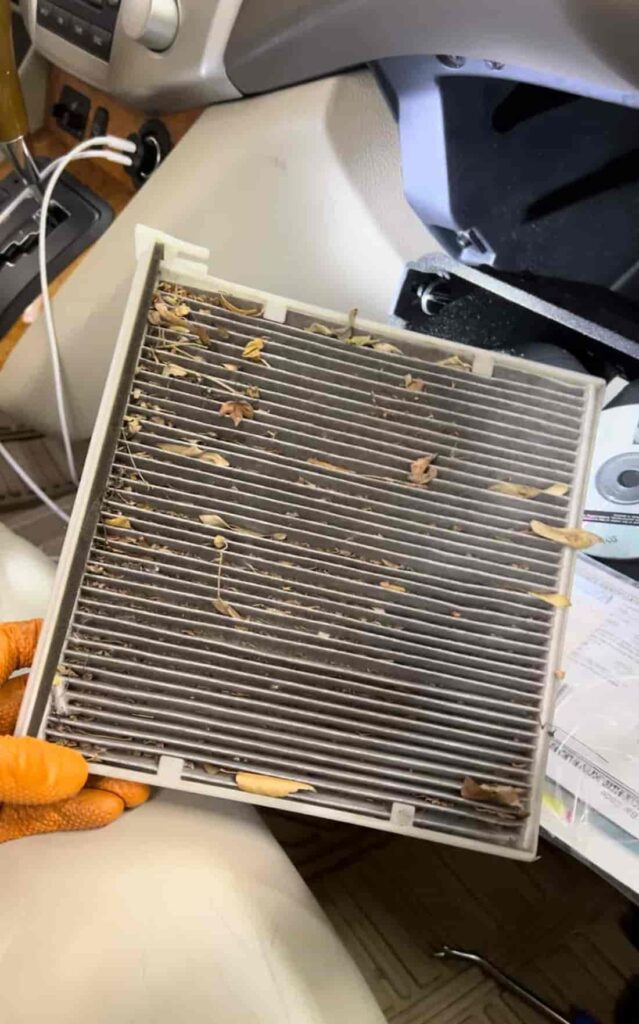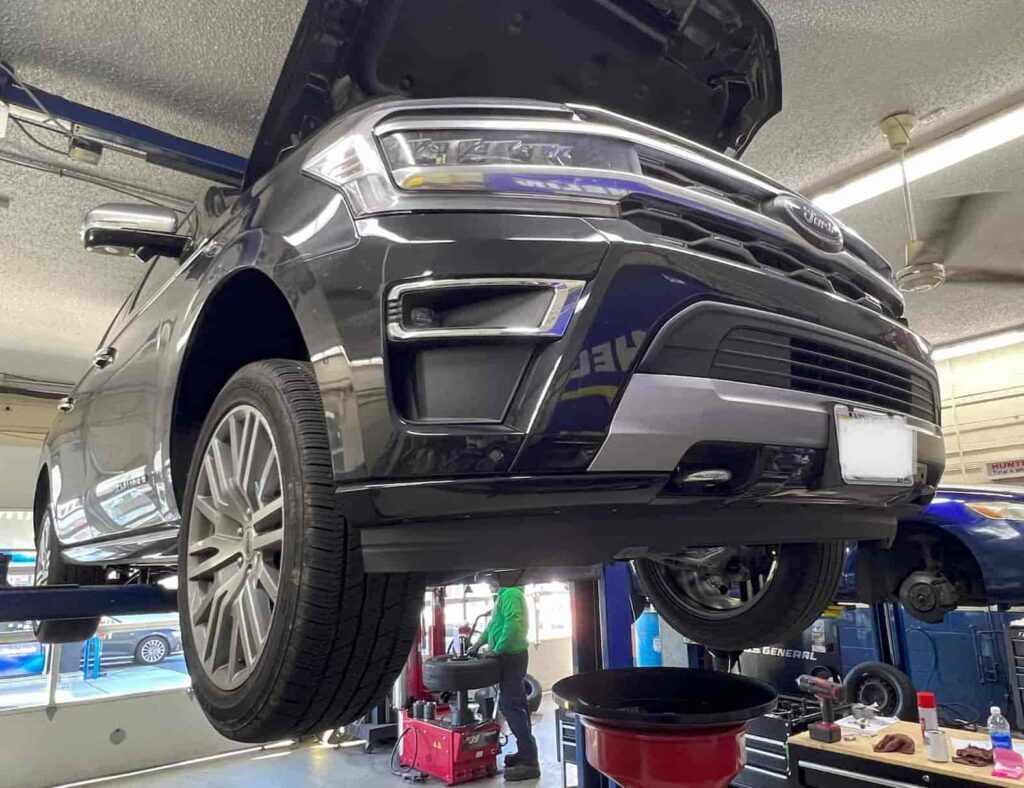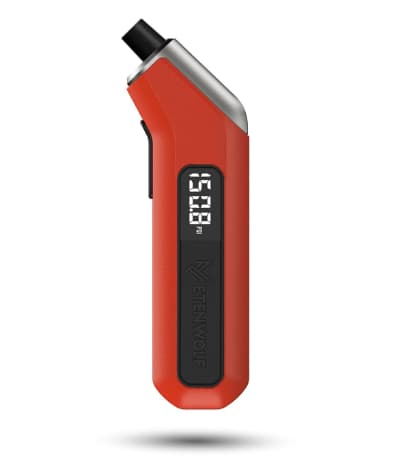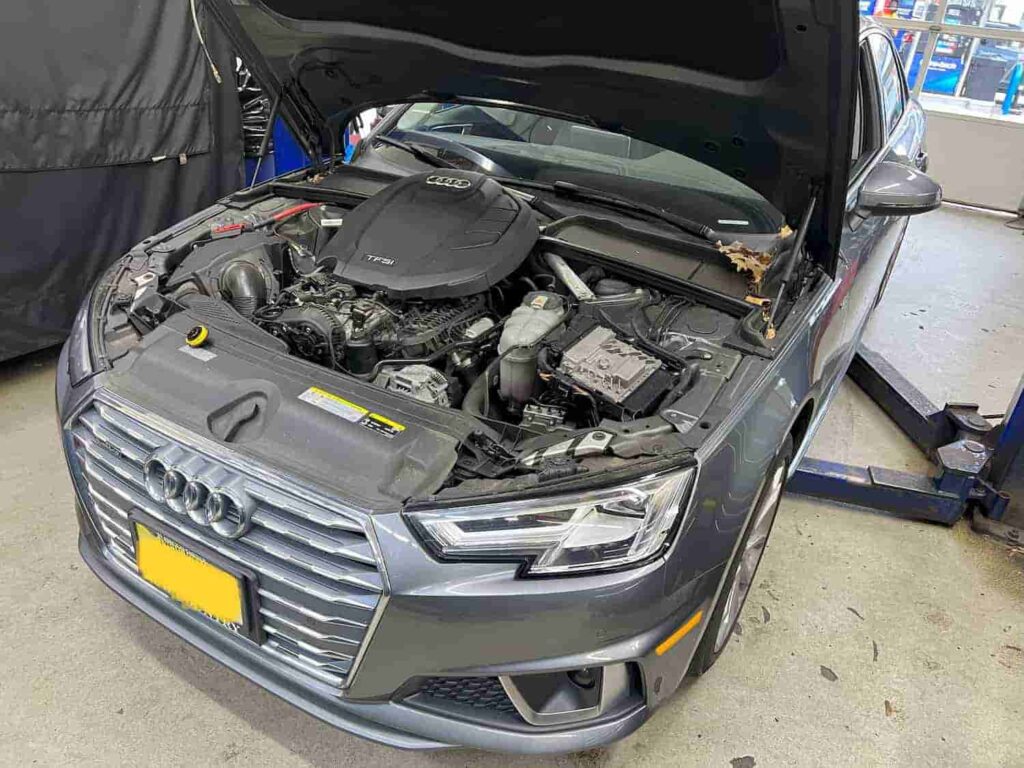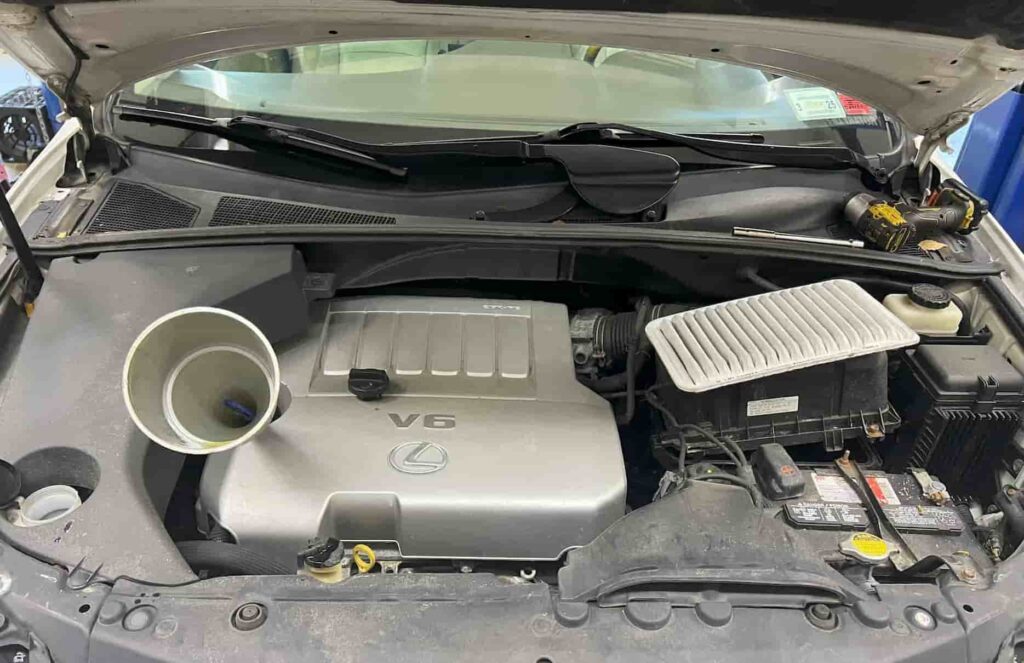What is a Full Service Oil Change and What's Included?
Wondering what exactly happens during a full service oil change? It’s not just about swapping out the old oil for new; there’s a lot more that goes on under the hood. This essential car maintenance service ensures your vehicle runs smoothly and efficiently. So, if you’re curious about what to expect the next time you take your car in for a full service oil change, you’re in the right place.
Let’s dive into the nitty-gritty of this vital automotive procedure, breaking down each step to give you a clear picture of what’s included. From oil replacement to comprehensive vehicle inspections, we’ll cover it all to help you understand the value and importance of this routine service.
The Importance of Regular Oil Changes
Benefits of Keeping Up with Routing Oil Change Services
Keeping up with routine professional oil change services offers numerous benefits. It helps maintain engine performance, enhances fuel economy, and extends the lifespan of your vehicle. Professional services also include comprehensive inspections that can identify potential issues before they become major problems, saving you time and money.
Signs that Your Vehicle May Be Past Due for an Oil Change
Dirty Oil: Check the oil dipstick; if the oil looks dark and dirty, it’s time for a change.
Oil Change Light: Modern vehicles have an indicator light for oil changes.
Noisy Engine: Unusual engine noises can indicate inadequate lubrication.
Exhaust Smoke: Excessive smoke from the exhaust can signal oil issues.
Oil Smell Inside the Car: The smell of oil inside your vehicle suggests a leak.
What is Checked During a Full Service Oil Change?
During a full-service oil change, technicians perform several checks and maintenance tasks to ensure your vehicle is in optimal condition.
Inspecting Your Engine Air Filter
A clean air filter is essential for filtering clean air into the engine. Technicians inspect the air filter and replace it if it’s clogged up with dirt and debris, ensuring your engine breathes properly and performs efficiently.
Checking Your Brake Fluid
Brake fluid is critical for your vehicle’s braking system. During a full-service oil change, technicians check the brake fluid levels and condition, topping it up or replacing it as needed to maintain optimal braking performance.
Check the Battery
Technicians inspect the battery for any signs of corrosion, loose connections, or wear. A healthy battery is crucial for reliable vehicle starts and the proper functioning of electronic systems.
Filling Your Power Steering Fluid
Power steering fluid is vital for the smooth operation of your vehicle’s steering system. During the service, technicians check the fluid level and top it up to ensure effortless steering.
Inspecting Your Chassis Lubrication
Chassis lubrication involves greasing all the suspension bushings, sway joints, and steering bars to ensure smooth operation and reduce wear. This preventative maintenance helps keep your vehicle’s suspension system in good condition.
Check Your Wiper Blade Health
Worn windshield wipers are a safety hazard, especially during adverse weather conditions. Technicians inspect the wiper blades for wear and replace them if necessary to ensure clear visibility.
Check Your Tire Pressure
Properly inflated tires are crucial for safe driving and optimal fuel economy. Technicians check tire pressure and adjust it to the recommended levels, ensuring your tires wear evenly and your vehicle handles well.
Inspect Tire Wear
Regular tire rotation helps ensure even tire wear, extending the lifespan of your tires and improving vehicle handling. Tire tread depth tools are used to check and compare the treads of each tire. Neglecting this maintenance can lead to uneven wear and costly repairs down the line.
Check Cabin Air Filter
Cabin air filters clean the air that is circulated through the cabin of your vehicle. This means that a clogged up air filter can reduce airflow and affect air quality that you breathe. Inspecting it and replacing it with a new filter ensures optimal performance and a cleaner environment inside the car.
PRO TIP: Many auto repair shops skip checking the cabin air filter because it’s not always easy to access. Anytime you bring your car in for a full service, remind your shop to check it!
Check Washer Fluid
Windshield washer fluid is equally important visibility aid, especially in dusty or rainy conditions. Technicians check the washer fluid levels and top it up to ensure you can always keep your windshield clean.
Checking For Other Faults
Technicians perform a general inspection to identify any hidden faults or potential issues that could affect your vehicle’s performance and safety. This includes checking for leaks, worn components, and other repairs in waiting.
Benefits of a Full Service Oil Change
A full-service oil change offers several benefits, including thorough inspections and maintenance that go beyond just changing the oil.
Keeping the Engine Clean and Free of Contaminants
Regular oil changes remove dirty oil and replace it with clean oil, which helps keep your engine clean and free of contaminants. This reduces the risk of sludge buildup and improves engine efficiency.
Reducing Excess Metal-on-Metal Friction and Engine Wear
Fresh oil provides adequate lubrication, reducing metal-on-metal friction and engine wear. This prolongs the life of your engine and ensures smooth operation.
Keep Your Engine Performing its Best with Routine Oil Change Services
Routine oil change services keep your engine performing at its best. By maintaining proper fluid levels and using the right type of oil, you can enhance your vehicle’s performance and reliability.
How to Change Engine Oil (Properly!!)
Changing your engine oil properly is crucial for maintaining your vehicle. Here’s a step-by-step guide:
Change the Oil
Warm Up the Engine: Warm up your engine for a few minutes to make the oil more fluid.
Drain the Old Oil: Place a container under the oil pan, remove the drain plug, and let the old oil drain out completely.
Replace the Oil Filter: Remove the old filter and replace it with a new oil filter, ensuring a snug fit.
Add New Oil: Reinstall the drain plug, then add the new oil to the engine using a funnel. Check the owner’s manual for the correct type and amount of oil
How to Check Your Oil
Park on Level Ground: Ensure your vehicle is on a level surface for an accurate reading.
Turn Off the Engine: Let the engine cool for a few minutes before checking the oil.
Pull the Dipstick: Remove the dipstick, wipe it clean, reinsert it fully, and then pull it out again to check the oil level.
Read the Level: The oil should be between the ‘min’ and ‘max’ marks. If it’s low, add the recommended oil type.
Choose the Right Oil
Choosing the right oil is crucial for engine health. Consult your owner’s manual or a certified mechanic to determine whether your vehicle requires synthetic blend oil, full synthetic motor oil, conventional oil, or high-mileage oil for older vehicles.
Pro Tip on Oil Types
Do not switch back and forth between conventional oil and synthetic oils. Use the recommended vehicle’s oil type and stick with it!
Additional Services
Transmission Fluid
Transmission fluid is essential for smooth gear shifts. Technicians check and top up transmission fluid during a full-service oil change to ensure optimal performance.
Regular Maintenance
Consistent vehicle maintenance, including oil changes, is key to keeping your vehicle in top condition.
Consider Vehicle Maintenance Plans
Vehicle maintenance plans can save you money by covering the cost of regular services, including oil changes, tire rotations, and more. These plans help you stay on top of maintenance without worrying about individual service costs.
Can Changing Your Oil Void a Factor Warranty?
Changing your oil will not void a factory warranty as long as it’s done correctly and according to the manufacturer’s specifications. Always use the recommended oil type and keep records of your oil changes.
Understanding Different Types of Motor Oil
Different types of motor oil offer various benefits, and it’s important to choose the right one for your vehicle.
Synthetic Vs. Conventional Oil
Synthetic oil provides superior performance and protection, especially in extreme temperatures, while conventional oil is more affordable and suitable for standard driving conditions. Synthetic blend oil combines the benefits of both, using crude oil as its base, which results in more impurities compared to the higher-quality synthetic base oils used in full synthetic oils.
High-Mileage Oil for Older Vehicles
High-mileage oil is formulated for vehicles with over 75,000 miles. It helps reduce oil consumption, leaks, and engine wear, extending the life of older engines.
The Role of Oil Filters in Engine Health
Oil filters play a critical role in keeping the engine healthy by removing contaminants from the oil. This ensures that only clean oil circulates through the engine, reducing wear and tear.
How Often Should You Replace Your Oil Filter
Oil filters should be replaced with every oil change (we recommend every 3,000 miles regardless of manufacturer recommendations or oil types) to ensure optimal filtration. Using a new filter helps keep the oil clean and the engine well-lubricated.
Signs of a Clogged Oil Filter
A clogged oil filter can lead to poor engine performance, increased emissions, and reduced fuel economy. Signs include engine misfires, unusual noises, and the oil warning light on your dashboard.
FAQs
What is a full service oil change?
A full service oil change includes replacing the engine oil and oil filter, checking and topping off other fluids like brake fluid, power steering fluid, and windshield washer fluid, inspecting the air filter, checking tire pressure, and performing a general vehicle inspection.
How often should you get a full service oil change?
It’s generally recommended to get a full service oil change every 3,000 to 5,000 miles, or as specified in your vehicle’s owner’s manual.
What type of oil should I use for my vehicle?
The type of oil you should use depends on your vehicle’s specifications. Refer to your owner’s manual or consult a certified mechanic to determine whether you need synthetic oil, conventional oil, or high-mileage oil.
Can I change my own oil?
Yes, you can change your own oil if you have the right tools and knowledge. However, professional oil change services offer the added benefit of comprehensive inspections and proper disposal of old oil.
What are the benefits of synthetic oil?
Synthetic oil provides better performance in extreme temperatures, reduces engine wear, and offers longer intervals between oil changes compared to conventional oil.
How can I tell if my oil filter needs replacing?
Signs that your oil filter needs replacing include engine misfires, unusual noises, reduced fuel economy, and the oil warning light on your dashboard.
About the Author
Stefan A. – Professional Automotive Technician – I am currently an automotive technician in New Jersey and have worked in private shops as well as dealerships. When I am not writing articles I am wrenching on race cars and driving radio controlled cars at the track!
Please note that this blog post contains Amazon affiliate links. This means that if you make a purchase through one of these links, we at TPMSRESET.COM may earn a small commission at no extra cost to you. We only recommend products that we personally use and believe in. Thank you for supporting us.
